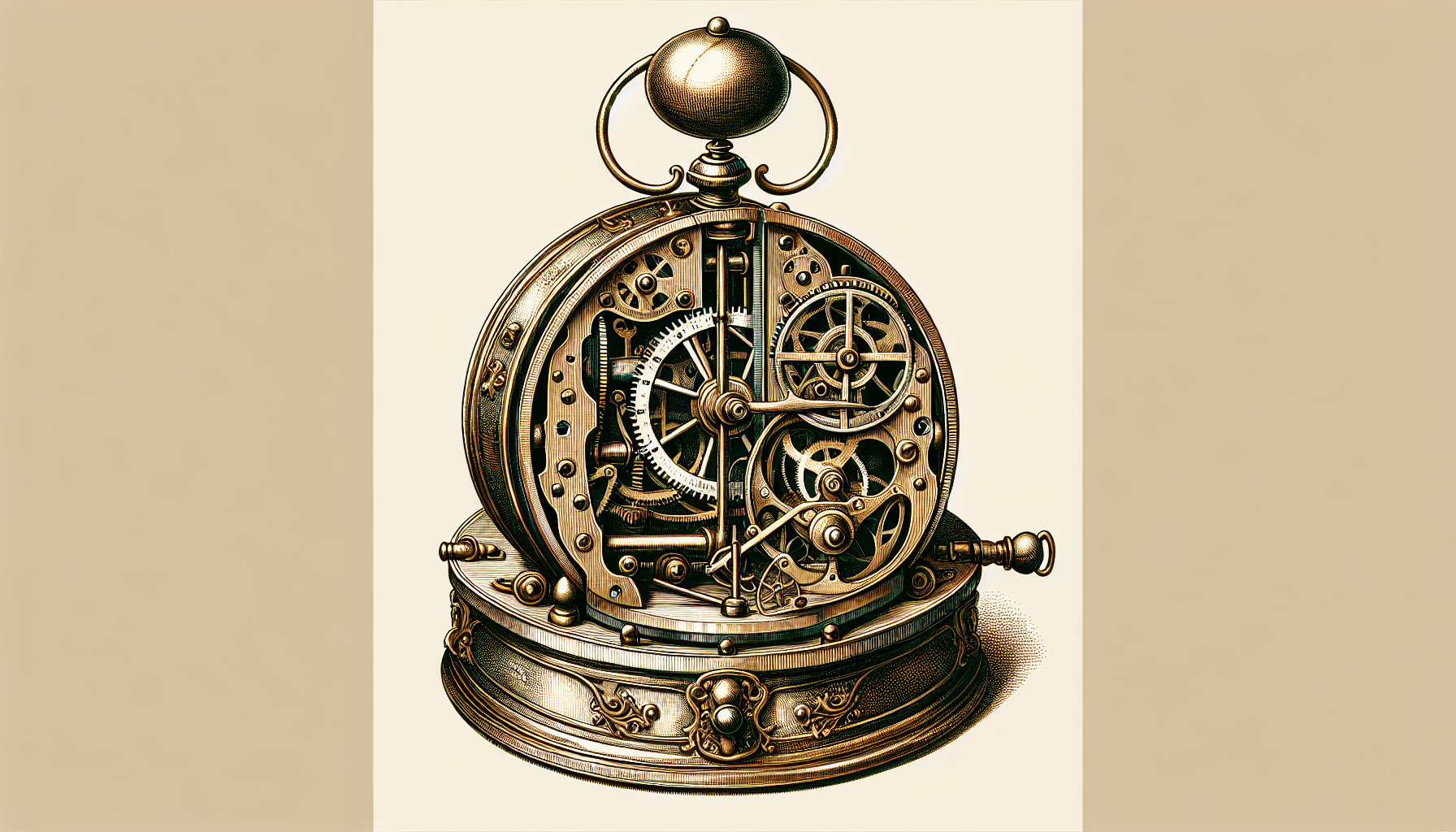
Ever overslept because your alarm clock failed? Be glad you weren’t around in the 1400s—the first alarm clocks were a lot less reliable! Back then, people used a device called a “candle clock” or a rudimentary mechanical clock that relied on a falling weight to sound an alarm. The earliest known mechanical alarm clock was invented by a monk named Levi Hutchins in 1787, but before that, medieval Europeans got creative. They’d set up a system where a weight was tied to a rope, and as a candle burned down, it would release the weight, which then fell onto a metal plate, making a loud clang to wake them up.
These early clocks weren’t exactly precise. The candle’s burn rate could vary depending on the wax quality or even a draft in the room, so you might wake up an hour early—or not at all! Monks used them to wake up for midnight prayers, but regular folks relied on them for early morning chores, like tending to livestock. In ancient Greece, philosopher Plato reportedly had a water clock that worked like an alarm, using a siphon system to blow air through a whistle at a set time. It was more of a loud annoyance than a gentle wake-up call.
The modern wind-up alarm clock didn’t show up until the 1870s, when a French inventor named Antoine Redier patented a design with bells and gears. Today, we’ve got smartphone alarms that can play your favorite song, but those early weight-dropping contraptions were the real pioneers. So next time your alarm goes off, be thankful you’re not waiting for a candle to drop a weight—it’s a quirky reminder of how far we’ve come in the art of waking up!

Leave a Reply